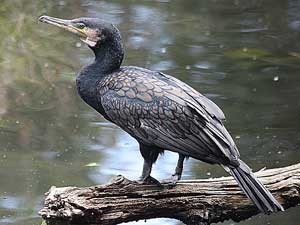About Victorian Fauna

Grey-headed Flying-fox
Photographer: I. Kitchen
There are over 750 species of birds, mammals, reptiles and frogs in Victoria. Over 150 of these are listed as threatened under the Flora and Fauna Guarantee Act. Various processes are threatening the very survival of many of these species. Research and monitoring programs are constrained by limited funds, and information concerning the status of different species is not always available. The effectiveness of management programs can be severely hampered by insufficient or incorrect information.
Aims and Activities

Eastern Grey Kangaroo
Photographer: I. Kitchen
The aim of the FNCV Fauna Survey Group is to expand the community’s knowledge of the issues affecting vertebrate fauna in general and the knowledge and understanding of the distribution and ecology of the Victorian species in particular. We do this in the following ways:-
- Meetings are generally held on the first Tuesday of the month. We discuss the outcomes of our surveys as well as proposed future activities. We also have guest speakers presenting their latest work in the field of vertebrate ecology.
- Under our DELWP (Department of Environment, Land, Water and Planning) and National Parks Act wildlife research permits and animal ethics approval, we conduct fauna surveys on public and private land in Victoria. We use techniques such as remote cameras, various forms of ‘catch and release’ trapping methods, and hair tubes as well as a number of visual and aural observation techniques.
- We manage around 150 nest-boxes in the box-ironbark forests around Rushworth. These house arboreal mammals such as Sugar Gliders, Squirrel Gliders and Brush-tailed Phascogales.
- We carry out stagwatches in the Victorian highlands looking for Leadbeater’s Possum and other arboreal mammals.
- We give presentations to other interested groups.
- We publish results in the Victorian Biodiversity Atlas, Field Nats News and The Victorian Naturalist.

Great Cormorant
Photographer: I. Kitchen
